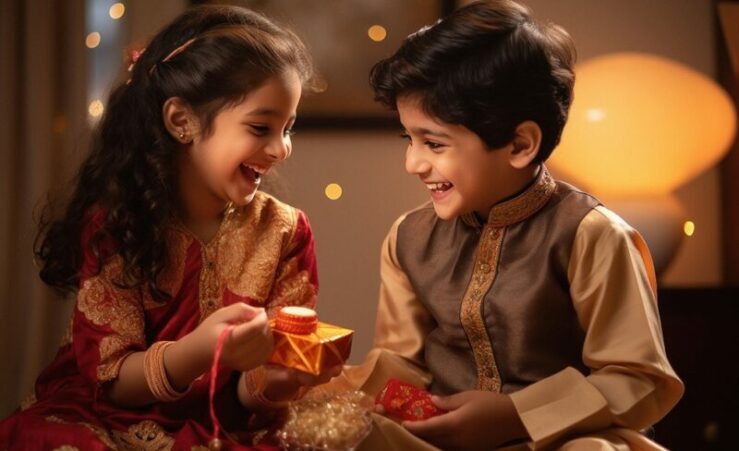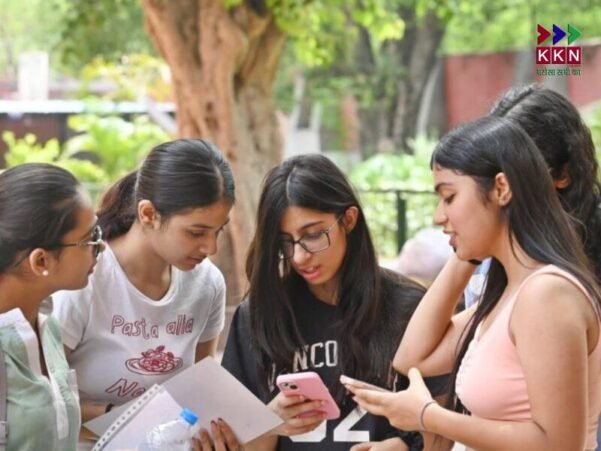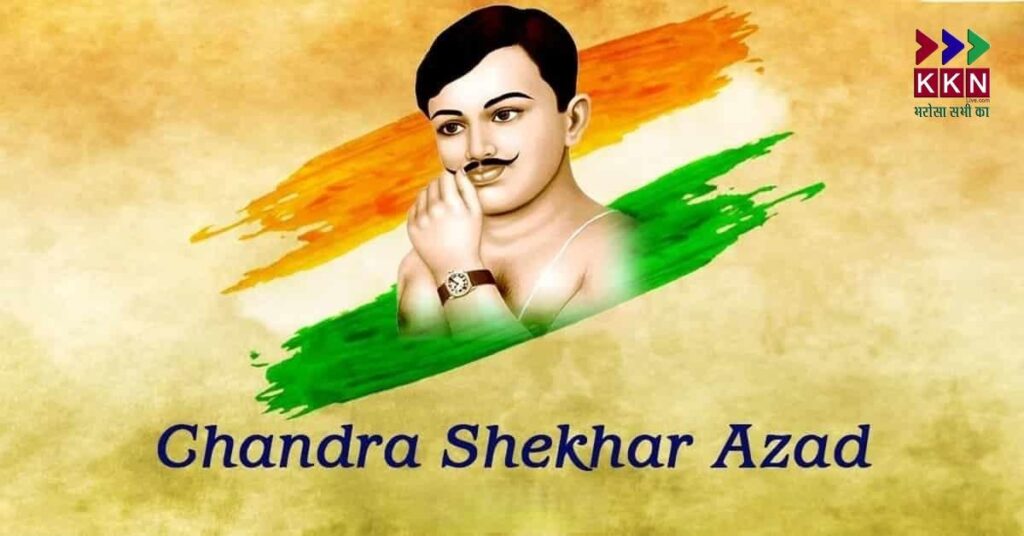
Bhaiya Dooj, one of the most cherished festivals in the Hindu calendar, celebrates the eternal bond between brothers and sisters. This auspicious occasion marks the culmination of the five-day Diwali festivities and holds deep cultural, religious, and emotional significance for millions of families across India and beyond.
When is Bhaiya Dooj in 2025?
In 2025, Bhaiya Dooj will be celebrated on Thursday, October 23, 2025. According to the Hindu lunar calendar, this festival falls on the Dwitiya Tithi (second lunar day) of Shukla Paksha (bright fortnight) in the Kartik month.
The Dwitiya Tithi begins on October 22, 2025, at 8:16 PM and concludes on October 23, 2025, at 10:46 PM. Following the Hindu tradition of observing festivals during the Udaya Tithi (the tithi prevailing at sunrise), Bhaiya Dooj will be observed on October 23.
Shubh Muhurat for Tilak Ceremony
The auspicious time for the Tilak ceremony on Bhaiya Dooj 2025 is from 1:13 PM to 3:28 PM. This two-hour window is considered the most propitious period for sisters to perform the traditional rituals of applying tilak and conducting aarti for their brothers.
Why Is Bhaiya Dooj Celebrated?
Bhaiya Dooj is rooted in profound mythological significance and celebrates the protective, loving relationship between siblings. The festival is also known as Yama Dwitiya, linking it directly to ancient Hindu legends.
The Legend of Yama and Yamuna
The most widely known story behind Bhaiya Dooj involves Yamraj (the God of Death) and his sister, Goddess Yamuna. According to Hindu mythology, on Kartik Shukla Dwitiya, Yamraj visited his sister Yamuna after a long separation. Overwhelmed with joy, Yamuna welcomed her brother with great affection, performed aarti, applied tilak on his forehead, and served him a sumptuous feast.
Deeply moved by his sister’s love and hospitality, Yamraj granted her a boon. When Yamuna asked that he visit her every year on this day, he agreed and further blessed that any brother who receives tilak from his sister on this day would be protected from untimely death and freed from the fear of Yama. This divine promise established the tradition that continues to this day.
The Story of Lord Krishna and Subhadra
Another popular legend connects Bhaiya Dooj to Lord Krishna and his sister Subhadra. After slaying the demon Narakasura, Lord Krishna visited his sister Subhadra. She welcomed him with flowers, sweets, and applied a ceremonial tilak on his forehead as a mark of her love and to celebrate his victory. This affectionate gesture became symbolic of the festival, representing the protective nature of sibling bonds.
Spiritual Significance
The name “Bhai Dooj” itself carries meaning: “Bhai” means brother, and “Dooj” refers to the second day after the new moon. Beyond mythology, the festival symbolizes the unconditional love, trust, and mutual protection between brothers and sisters. Sisters pray for their brothers’ long life, prosperity, and protection from evil, while brothers pledge to safeguard their sisters throughout their lives.
How to Celebrate Bhaiya Dooj: Rituals and Traditions
The celebration of Bhaiya Dooj involves specific rituals that have been passed down through generations, each element carrying symbolic significance.
Preparation of the Puja Thali
Sisters prepare a special thali (plate) containing essential items for the ceremony:
Diya (oil lamp) for aarti
Kumkum/Roli (vermillion) for applying tilak
Akshat (unbroken rice grains) symbolizing purity and blessings
Chandan (sandalwood paste) for auspiciousness
Sweets and fruits for prasad
Coconut as an offering
Betel leaves and betel nuts
Mauli thread (sacred red thread)
Flowers for decoration
The Tilak Ceremony: Step-by-Step
The tilak ceremony forms the heart of Bhaiya Dooj celebrations:
Setting Up: Sisters create a comfortable seating arrangement for their brothers, traditionally facing east or north direction.
Applying Tilak: Sisters apply a tilak on their brothers’ foreheads using a paste made from roli (vermillion), rice grains, curd, and sometimes sandalwood paste. This sacred mark symbolizes protection, blessings, and prayers for longevity.
Performing Aarti: After applying the tilak, sisters perform aarti by circling a lit diya around their brothers while chanting mantras or prayers for their well-being.
Offering Sweets: Sisters feed their brothers sweets, symbolizing the wish for sweetness and happiness in their lives.
Tying Kalawa: In some traditions, sisters tie a sacred thread (kalawa) on their brothers’ wrists.
Exchange of Gifts: Brothers express their gratitude and love by presenting gifts to their sisters, which can include money, jewelry, clothes, or other thoughtful presents.
Seeking Blessings: The ritual concludes with brothers blessing their sisters and renewing their vow to protect them throughout their lives.
Traditional Mantras
During the tilak ceremony, sisters often recite specific mantras:
General Mantra:
गंगा पूजा यमुना को, यमी पूजे यमराज को।
सुभद्रा पूजे कृष्ण को, गंगा यमुना नीर बहे।
मेरे भाई आप बढ़े, फूले फलें॥
Translation: Just as Ganga worships Yamuna, Yami worships Yamraj, and Subhadra worships Krishna, may my brother flourish like the sacred waters of Ganga and Yamuna, blessed with growth, prosperity, and happiness.
Special Traditions
Yamuna Bath: In the Braj region (Mathura-Vrindavan area), a special tradition involves brothers and sisters bathing together in the Yamuna River on Bhaiya Dooj. According to belief, those who bathe in the Yamuna and perform the rituals on this day receive the blessing of freedom from untimely death. This practice draws thousands of devotees, particularly from Gujarat, who also carry Yamuna water home as sacred prasad.
Festive Meals: Sisters prepare elaborate feasts featuring their brothers’ favorite dishes. Traditional delicacies vary by region but often include special sweets like kaju katli, barfi, laddoo, and savory dishes.
Regional Variations Across India
While the core essence of Bhaiya Dooj remains constant throughout India, the festival is celebrated with unique regional customs and names:
North India: Bhai Dooj or Bhaiya Dooj
In Northern states like Uttar Pradesh, Bihar, Rajasthan, and Madhya Pradesh, the festival is called Bhai Dooj or Bhaiya Dooj. The celebration includes traditional tilak, aarti, and exchange of sweets like barfi and laddoos, marking the grand finale of Diwali festivities.
Maharashtra, Goa, Gujarat, and Karnataka: Bhau Beej or Bhav Bij
In western states, the festival is known as Bhau Beej. Sisters prepare special meals such as basundi poori or kheerni poori (sweet milk-based dishes flavored with cardamom, saffron, and nuts). The rituals emphasize intimate family gatherings and the expression of love through food.
West Bengal: Bhai Phonta
In Bengal, the celebration is called Bhai Phonta and takes place after Kali Puja. Sisters apply a special tilak paste on their brothers’ foreheads while chanting mantras. The festival features elaborate Bengali feasts including traditional sweets like rosogolla and sandesh.
Odisha: Bhai Jiuntia
In Western Odisha, sisters observe a unique fasting tradition called Bhai Jiuntia. Sisters fast throughout the day for their brothers’ long life and prosperity, breaking their fast only after performing ritualistic prayers and the tilak ceremony.
Andhra Pradesh and Telangana: Bhatru Dviteeya or Bhaghini Hastha Bhojanamu
In these southern states, brothers visit their sisters’ homes where specially prepared elaborate meals await them. The emphasis is on the exchange of blessings during these meals, which reinforces sibling bonds.
Nepal: Bhai Tika or Bhai Tihar
In Nepal and parts of northern and eastern India, the festival is known as Bhai Tika or Bhai Tihar. Sisters decorate plates with flowers, colors, and sweets, apply colorful tilak, and pray for their brothers’ well-being.
Cultural and Emotional Significance
Bhaiya Dooj is more than just a religious observance; it is a celebration that strengthens family ties and reinforces cultural values. Similar to Raksha Bandhan, this festival highlights the protective nature of the brother-sister relationship while giving both siblings an opportunity to express their love, gratitude, and commitment to each other.
The festival serves as a reminder of the importance given to familial relationships in Indian society. It provides an occasion for siblings who may be separated by distance to reunite, share memories, and reaffirm their bonds. Even in modern times, when physical presence isn’t always possible, siblings celebrate through video calls, online wishes, and virtual exchanges, keeping the spirit of Bhaiya Dooj alive.
Bhaiya Dooj 2025, falling on October 23, offers families across India and the world an opportunity to honor one of life’s most precious relationships—the bond between brothers and sisters. Through ancient rituals, heartfelt prayers, traditional feasts, and the simple act of being together, this festival celebrates love, protection, and the enduring strength of sibling bonds.
Whether performed in its full traditional form or adapted to modern circumstances, Bhaiya Dooj continues to hold its cherished place in the hearts of millions, reminding us that the love expressed through small, meaningful rituals becomes eternal.


